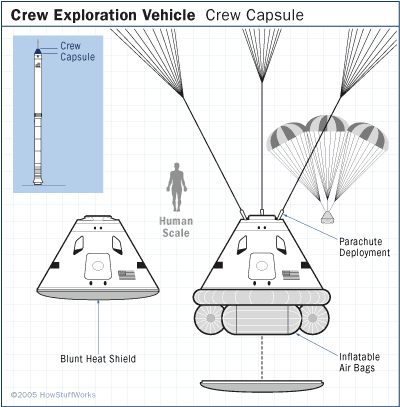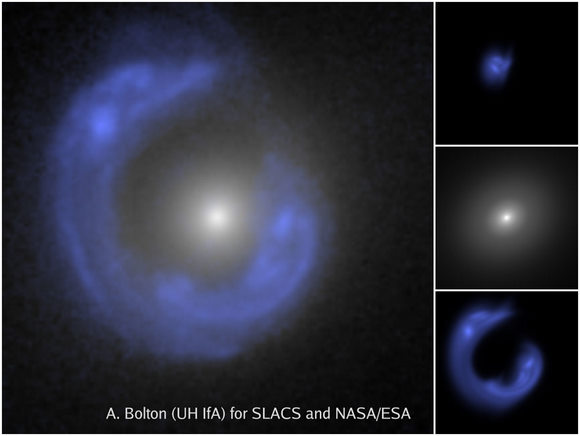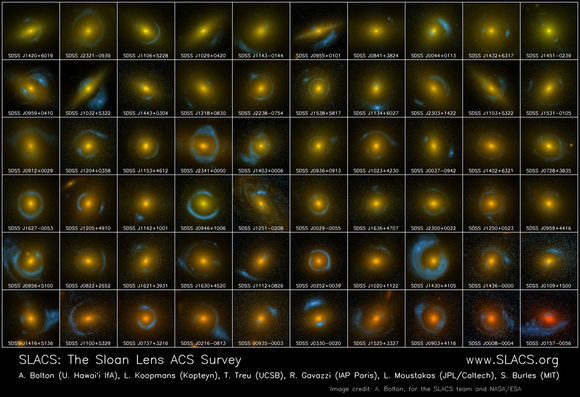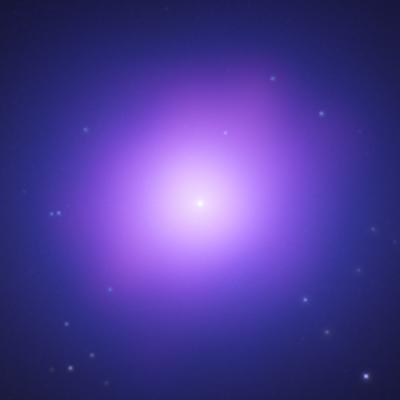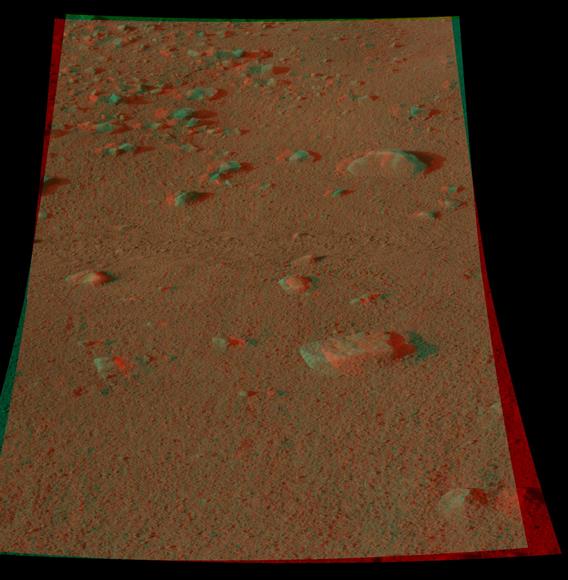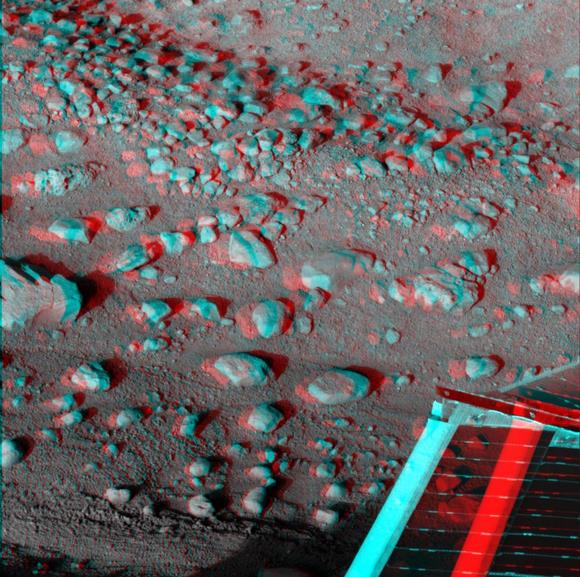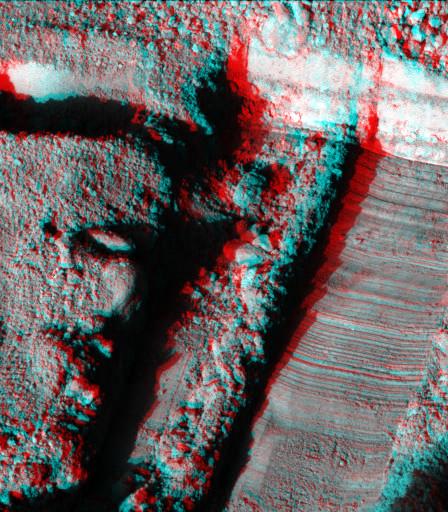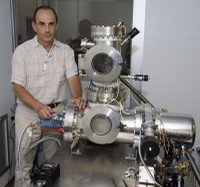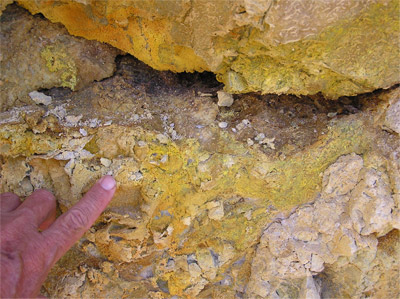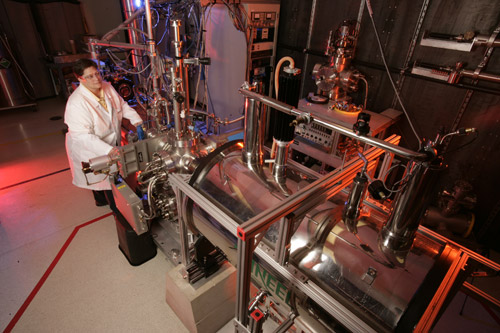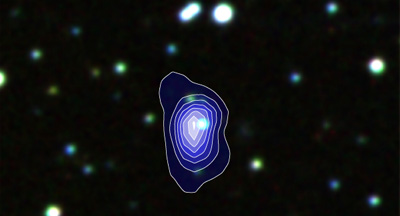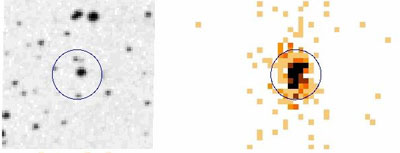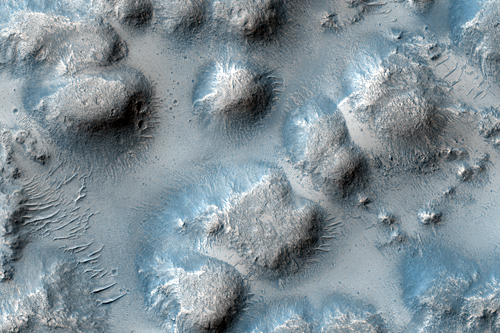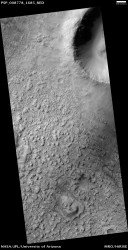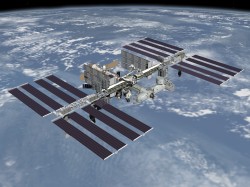[/caption]
Since it was first observed in a half inch diameter spy glass by Abbe Nicholas Louis de Lacaille during his visit to South Africa in 1751-2, the Kappa Crucis star cluster (NGC 4755) has intrigued and and confounded astronomers since. Today let’s open John Herschel’s ‘casket of variously coloured precious stones’ and take a closer look at the “Jewel Box”…
Situated about 7500 light years away near a vast, dark cosmic dust cloud known as the “Coal Sack”, the Kappa Crucis star cluster has a Bayer designation even though it is a cluster instead of an individual star. Just one look at this colorful array is to understand how it came to be known as the Jewel Box. Sprinkled across 20 light years of space and maybe perhaps only 7.1 million years old, it is home to red, white and blue giant stars alike. If its brightest star were at the center of our own solar system, it would shine 83,000 times brighter than Sol!
The bright orange star is Kappa Crucis, a standout amongst its hot, vivid blue members. A very young star gone into its red supergiant stage? During mid-1862 a man named Francis Abbott began studying the Jewel Box and his observing notes say; “Certain changes that are apparently taking place in the number, position, and colour of its component stars.” This was some pretty radical thinking since he was going up against the notes of the likes of John Herschel and George Airy. But, as so often is the case, sometimes one astronomer can spot what another one can’t and some 10 years later H.C. Russell took Abbott’s notes to heart – measuring and cataloging 130 of the cluster’s stars. Despite extreme criticism, another observer named R.T. Innes also claimed color change as noted in the classic work “Celestial Objects for Common Telescopes”.
Of course, study did not end there and it went into the early 1900s with Trumpler and then Harlow Shapley. The first significantly important astrophysical paper on this cluster appeared in 1958 and was published by Halton Arp and Cecil van Sant who were trying to find out more about galactic supergiant stars. “The three brightest stars are supergiants… and the red star, are all members of the cluster, then NGC 4755 must be somewhat like h and χ Persei… Since these types of clusters are rare, observational material sufficient to derive a colour-magnitude diagram was obtained.” However, as more stars were revealed and studied, the more confusing the designations became! The years progressed and NGC 4755 became even more understood – and better cataloged.
According to studies of helium, carbon, nitrogen and oxygen abundances done by G. Mathys (et al) “After consideration of the CN abundances in this sample, there is no clear evidence of internal mixing. Only three stars among the non-supergiants seem to show a nitrogen enhancement. Two of them have a fairly low projected equatorial velocity (admittedly, they may be rapid rotators seen pole-on); the third one is a definite fast rotator. In the lower gravity stars some kind of mixing has apparently occurred. The supergiants do not differ significantly from the other programme stars in their respective helium contents. The mean helium abundance for each cluster is close to the standard value, (He/H).”
Studying variable stars within open clusters is extremely important. They are clues as to distance and evolution! In young clusters like the Jewel box, the brighter stars should be variables and should be blue. They should also have started evolution away from main sequence, unlike the low mass stars who just quietly burn away their hydrogen. As we know, one of the principle variable types are the Beta Cepheid stars and studies done by Stankov (et al) show the detection of four new variable stars in NGC 4755. “We give frequency solutions as indicators of the time-scales and amplitudes of the pulsations. NGC 4755-116 is probably a B2 dwarf with a period of 4.2 d whose variability is caused by a spot or g-mode pulsation. NGC 4755-405 can be considered as a new β Cephei star with two pulsation frequencies. For NGC 4755-215 we found one frequency and for NGC 4755-316 three pulsation frequencies; we suggest that both are new slowly pulsating B stars of short period.” These variations may be caused by radial pulsations from an instable hydrogen core and even more studies are needed.
But is there more? Yes. Very recent studies done by C. Bonatto (et al) show the dynamical state of NGC 4755. “We explore the possibility that, at the cluster age, some main sequence and pre-main sequence stars still present infrared excesses related to dust envelopes and proto-planetary discs. The core is deficient in PMS stars, as compared with MS ones. NGC 4755 hosts binaries in the halo but they are scarce in the core. Compared to open clusters in different dynamical states studied with similar methods, NGC 4755 fits relations involving structural and dynamical parameters in the expected locus for its age and mass.”
Did NGC 4755 form from the same molecular cloud? Is it two overlapping clusters? Does the proximity of the Coal Sack influence its visual properties? No matter what the science is behind it, the light that you see now left about the same time the Great Pyramids of Egypt were being built. Let the words of Burnham ring the loudest: “…a brilliant and beautiful galactic duster ranking among the finest and most spectacular objects of the southern Milky Way… The cluster lies in a rich and remarkable region in the Heavens, well worth exploring with low power telescopes and instruments of the rich-field type.”
This week’s awesome image was done by Don Goldman and taken at Macedon Ranges Observatory. We thank you!


